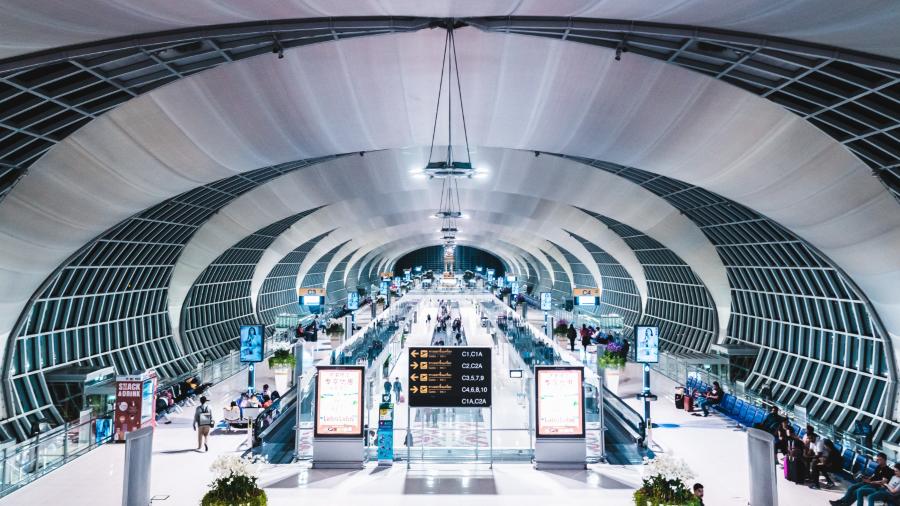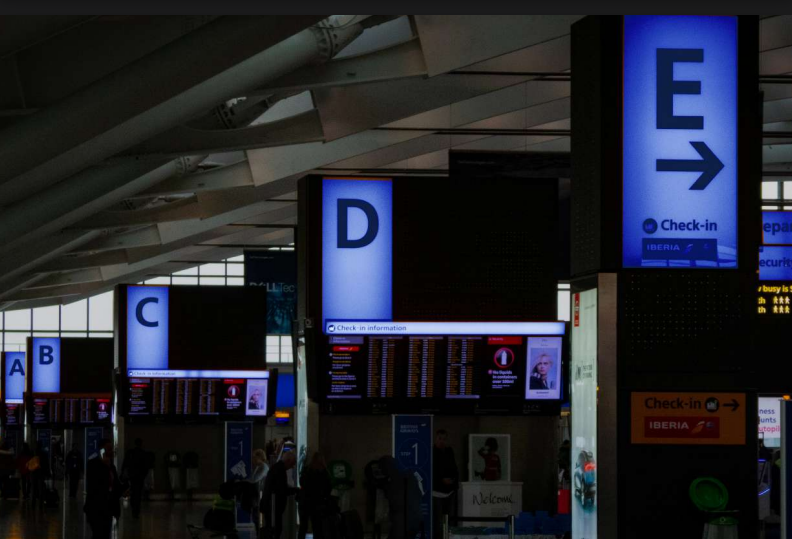In line with the digital transformation of industries across the globe, airports in Southeast Asia are undergoing similar development wherein the adoption of innovative technology is quickly becoming the industry standard. Specifically, the decision to embrace digitalization will facilitate the transition toward smart airports, providing several beneficial advantages, especially in the expected post-pandemic travel boom.
To learn about smart airport development and how to navigate digital transformation, read this excerpt from our latest white paper, The Future of Smart Airports in Southeast Asia, which you can read in full here.
Transforming Airports in Southeast Asia
Airports have always played a pivotal role as hubs for air travel and gateways to the world. With the evolving socioeconomic landscapes and adoption of digital technologies by businesses, airports have also been facing the push to ride on the tailwinds of digitalisation. This trend in smart airports was further spotlighted by the COVID-19 pandemic and served as a long-term solution to gain the upper hand in managing pandemic outbreaks. Digitalised land-side and air-side processes and contactless technologies have set the standard for airports today.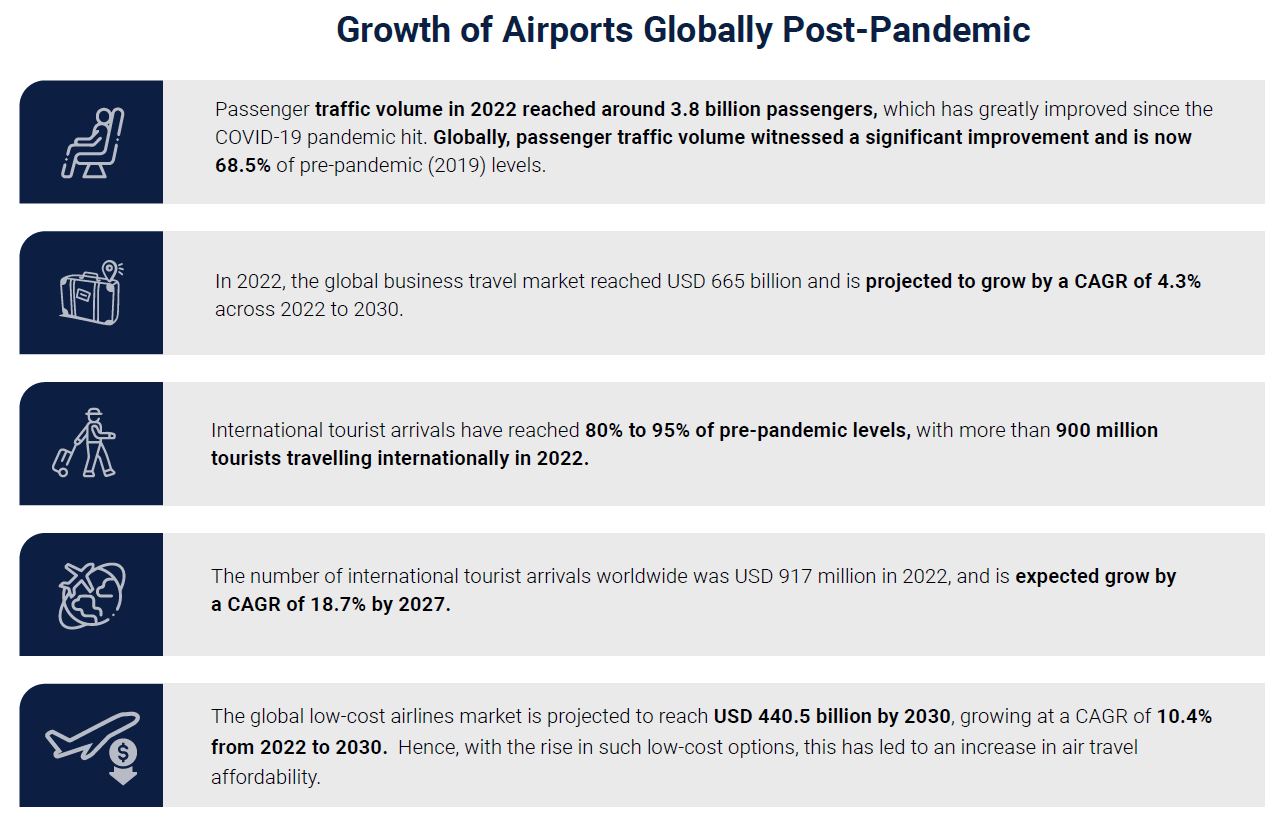
Leveraging Technology to Optimise Operations in Airports
The COVID-19 pandemic has led to the adoption of automation technologies across entire airports, such as UVC-LED and Automated Disinfection Facilites. HEPA filters are used throughout the airport’s healthcare infrastructure, such as in terminal buildings, baggage handling systems, security checkpoints and air purifiers. These technologies provide fast and efficient sanitisation, making them scalable for high-frequency processes without disrupting passenger flow. This visible use of technology reassures passengers that airports are prioritising their safety and well-being.
Digitalisation also has had a significant impact on the customer journey, by providing convenience and efficiency through various digital tools and platforms. It can transformed the traveller’s journey from a tedious and time-consuming process to a seamless and hassle-free experience.
Prior to departure, digitalisation can offer online check-in, e-boarding passes, and real-time flight updates. Digital displays and wayfinding tools in the airport also make it easier for passengers to navigate and locate their gate, restaurants, and other amenities.
Upon arrival, digitalisation can provide automated border control and self-service baggage collection, which minimises wait times and reduces the stress of standing in queues. Digital platforms can also offer information on ground transportation options and other travel-related services. Smart technologies have also been integrated throughout airports to improve the operational or time efficiency of different stakeholders such as passengers, airport staff, and airline groups, greatly improving ease and convenience.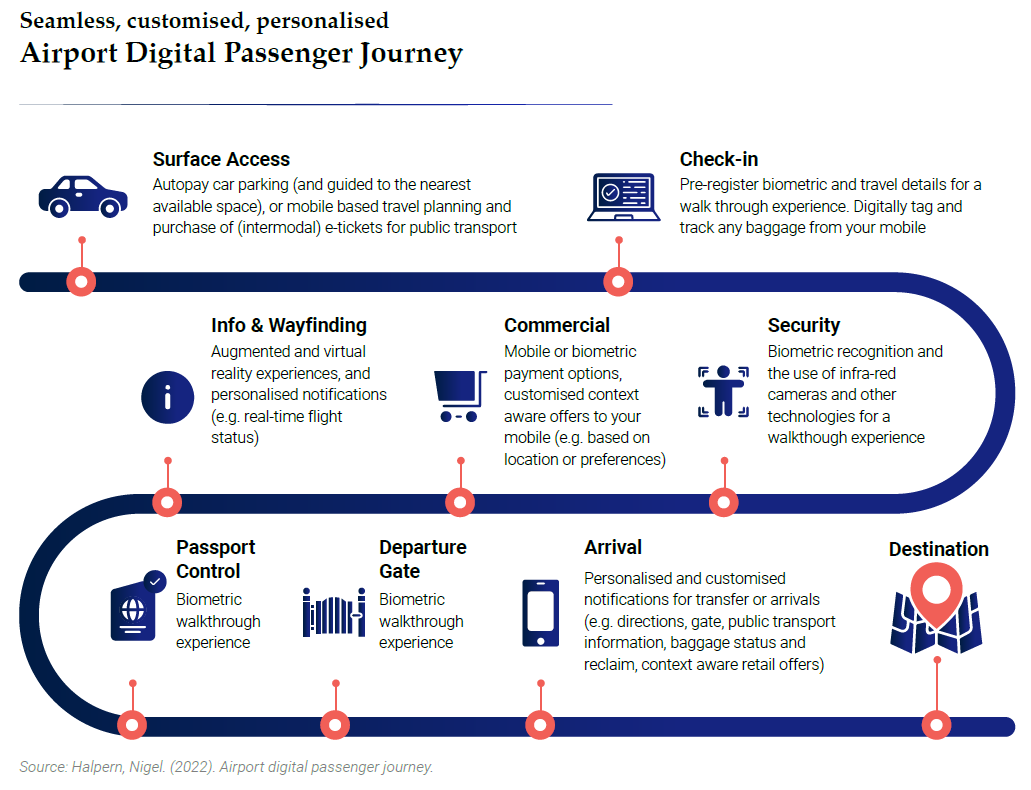
Accelerated Adoption of Smart Technology
The emergence of smart airports in Southeast Asia is marked by the growing implementation of digital technologies and automation across airport operations, ranging from passenger experience to baggage handling, security, and maintenance. This paradigm shift is powered by cutting-edge technologies such as artificial intelligence (AI), the Internet of Things (IoT), and data analytics that offer unparalleled efficiencies, lower costs, and improved passenger experiences. As such, Original Equipment Manufacturers (OEMs) and investors are keenly interested in this trend, seeking to seize tremendous growth opportunities and gain a competitive edge while enhancing their portfolio diversity in the region’s burgeoning aviation industry.
There are several reasons why many countries look to enable airports with technology in Southeast Asia, specifically: growth potential, competitive advantage, improved operational efficiency, and enhanced passenger experience.
Growth potential – The Southeast Asian aviation market is rapidly expanding, with passenger numbers expected to triple by 2037, from 2022 levels. This growth presents an opportunity for companies to invest in smart airport technologies and solutions to cater to the increasing demand for air travel.
Competitive advantage – Airports that embrace digital transformation and implement smart solutions can gain a competitive advantage over other airports in the region. By offering a more efficient, convenient, and secure passenger experience, smart airports can attract more airlines, passengers, and businesses.
Improved operational efficiency – Smart airports can automate many aspects of airport operations, reducing the need for manual labour and improving efficiency. This can lead to cost savings and increased profitability for airport operators.
Enhanced passenger experience – Smart airports can provide passengers with a seamless and stress-free travel experience by using digital technology to speed up processes, reduce waiting times, and enhance security.
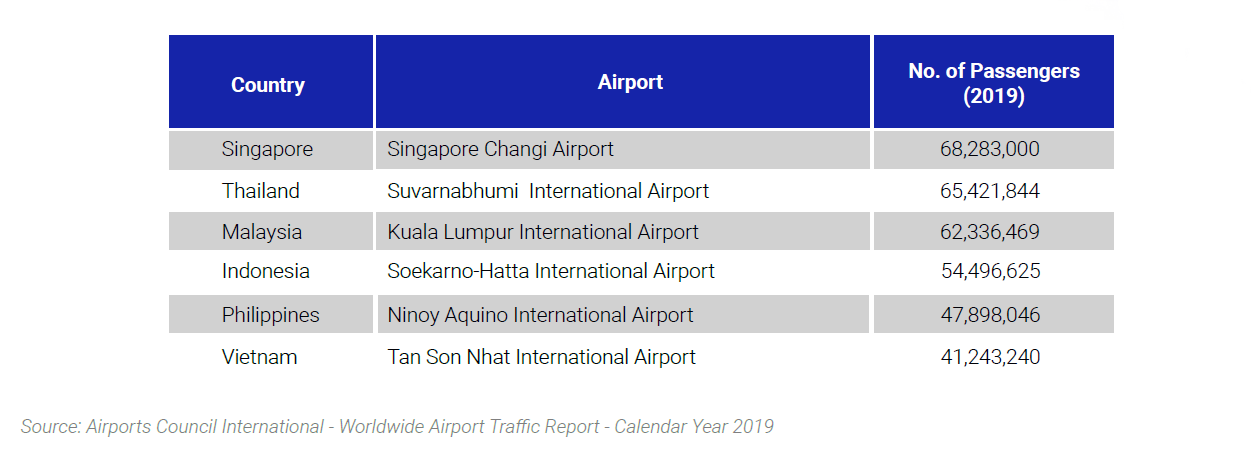
What’s Next for Smart Airports in Southeast Asia?
The Southeast Asian aviation market is at an inflection point, with the sector anticipating positive growth over the next decade. Considering this, major players such as governments, investors, and OEMs should capitalise on these opportunities to gain competitive advantage and experience growth over the next few years.
Emerging markets such as Southeast Asia are experiencing a significant increase in air traffic and are investing extensively in smart airport infrastructure. Targeting these areas allows stakeholders to capitalise on growth possibilities and utilise their knowledge to the development of creative solutions.
The key opportunities that airports can capitalize on are cybersecurity, public-private partnerships for 5G network infrastructure, renewable energy technology, and data analytics. Meanwhile, OEMs can explore investment in IoT-driven security, healthcare technologies, and any form of technology that enhances the airport retail experience. Overall, The future of smart airports in Southeast Asia is exciting, with many developments and advancements in digital technology expected in the coming years.
To get insight into different industry trends and how potential investors can leverage it to their benefit, subscribe to our newsletter here and check out these reports:
